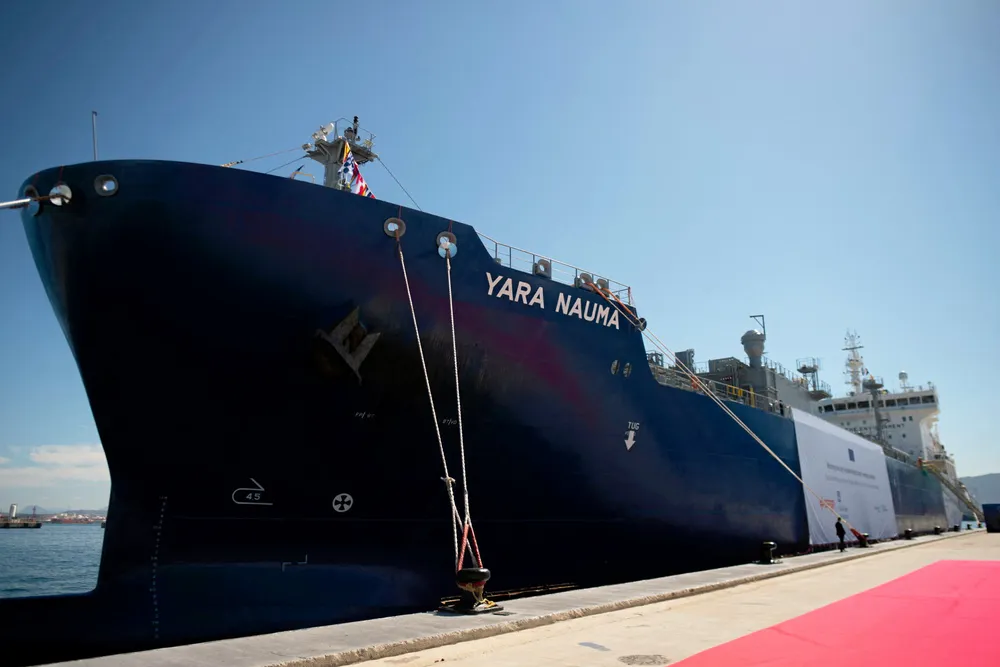‘Don’t crack imported blue ammonia back into hydrogen — it raises costs by 50%’: study
Making blue H2 out of low-carbon ammonia is ‘expensive and inefficient’ says Clean Air Task Force

Making blue H2 out of low-carbon ammonia is ‘expensive and inefficient’ says Clean Air Task Force
